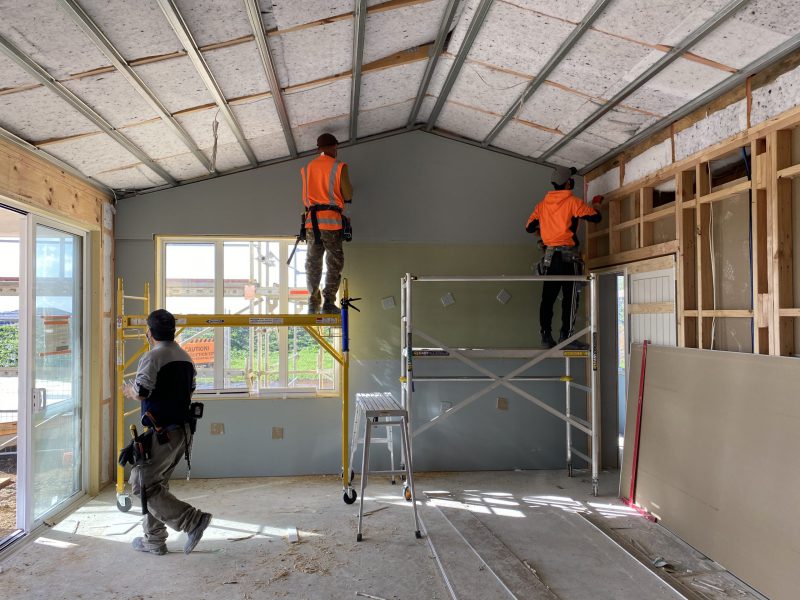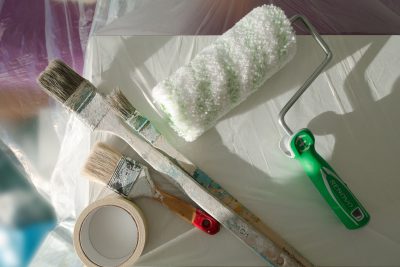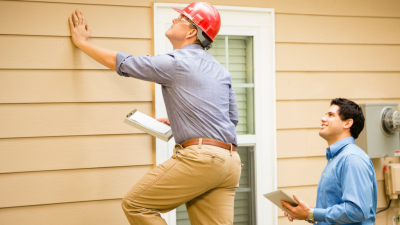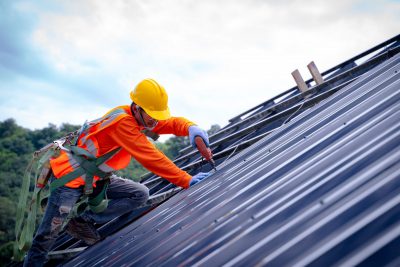What is fixing? What is GIB? GIB is a common term used in Interior Plastering. These terms can be used to renovate your home, build a new house, or paint. What you need to know about these terms and their functions.
This article will cover GIB stopping and fixing. This article will answer “What is GIB Fixing?” and? What is GIB Stopping? It’s simple.
What is a GIB?
GIB Board is a type of lining board that has a cardboard-surface as well as a gypsum core Gibraltar board. Gypsum is available with or without additives. Gypsum typically is extruded in thick sheets of backer and facer paper.
GiB is primarily used in ceilings and walls for construction and decoration.
Plasters of Paris are made from gypsum, which is a mineral containing hydrated calcium sulfurate.
The Gibraltar Board is named after the Gibraltar Rock. GIB used to be the brand name for the New Zealand manufacturer who dominated the market.
Later, it was used as a trademark for all products in the country.
Why use GIB boards?
What is GIB Fixing? First, we must understand what a GIB is.
The GiB board is more popular in the world than plasterboard or drywall. This product is non-toxic and made of 100% recycled paper.
These plasterboards do not use fly ash (a derivative of coal extraction) as a bulk filler as it is environment-friendly, hence why it is considered the new standard of ceilings in Auckland.
GIB boards can be used to create a higher-quality finish. It’s cheaper than drywall, and it’s easier to install in Auckland.
There are a variety of GIB board types to choose from. These include those that can withstand water, fire and impact. GIB boards have become a vital invention in the construction industry.
What is GIB fixing?
What is GIB fix? Let’s simplify it.
GIB fixing is the process of installing GIB or plasterboard onto a wall or ceiling. A GIB Fixer is a professional who does this job. They can fix holes, dents or damages to ceilings and walls.
GIB can be used for the installation of plasterboards during renovations and new construction.
The professionals can GIB fix boards to your home for a perfect finish. Plasterboards are attached using screws or glue. Attach the sheet with screws to the perimeter and then glue the area where the batten contacts the sheet with glue.
How does GIB fixing work?
Installing GIB can be difficult. After you select the GIB type that you like, it is important to prepare the substrate.
Next, cut the part according to the instructions and attach it. The part should be laid out so that there are no joints on either end.
Plasterboards must always be attached to battens at an angle of 90°.
Start at the junction of the ceiling and wall, then apply the glue daubs to the battens. While lifting the sheets, place T-braces between the junctions.
Attach the sheet to each batten using screws. Back-blocking is sometimes necessary if you can’t avoid the joints at the ends. The GIB Fix is complete.
The process of back-blocking involves creating a taper on the end of the sheets to reinforce the joints between the plasterboards. Attach strips of plasterboard on the back of GIB sheet using adhesives. This guide provides more information on GIB fixing.
Why choose us for customer service
Team of experts
Our team is well-rounded, skilled, knowledgeable and experienced. They are the best in their field and produce unmatched results.
Servicing auckland region
All customers are welcome, including those residing in Auckland.
Deliver on time
A5 Interior Linings values your time. A5 Interior Linings has a proven track record for completing projects on time without compromising the quality of final results.
What is GIB-Stopping exactly?
A question that is often asked is “What does GIB stop?”
GIB Stopping is essential for the installation of plasterboard. This includes wall skiing, texture removal and more. Using GIB Stopping you can create smooth walls or ceilings. You can decorate GIB boards.
The first coat is applied after the inner plaster with high adhesive. To achieve the best shape, apply additional coats.
Cover the joints with a GIB-stopping material that can be sanded. You can use a powerful Halogen light to make the sand finer.
After you finish painting, touch up any marks. The plastering supervisor will perform a second light or spot inspection to ensure everything is visible.
Do you need a professional to stop GIB from happening?
Professionals should be consulted for the GIB fix and stop procedures. Installation can be done yourself.
Professional help may be needed to keep track of things you’ve forgotten or are unaware of. Take, for example:
- GIB Fixers will adhere to ASNZ standards for sheet layout and backing blocking. This is essential if you want crack resistance. This is essential if you need crack resistance.
- Professionals can coordinate their work with the interior of your home. Professionals will collaborate with owners and other trades to ensure the work is completed in a harmonious manner within a small space.
- This will make it much easier to cut or use the butt. Professional workers are required to perform these tasks.
- They stop joints from moving. These are usually located at the corners of windows and doors, as well as junctions between rooms and hallways and in stairwells and mezzanine flooring.
- You must make sure that you do everything right from the beginning. A professional cannot fix all minor mistakes. The first step is to hire a professional.
You can learn more about by reading these facts. You will be able to better understand the conditions and terms of your plasterboard installation. https://aucklandpremiumpainters.co.nz





